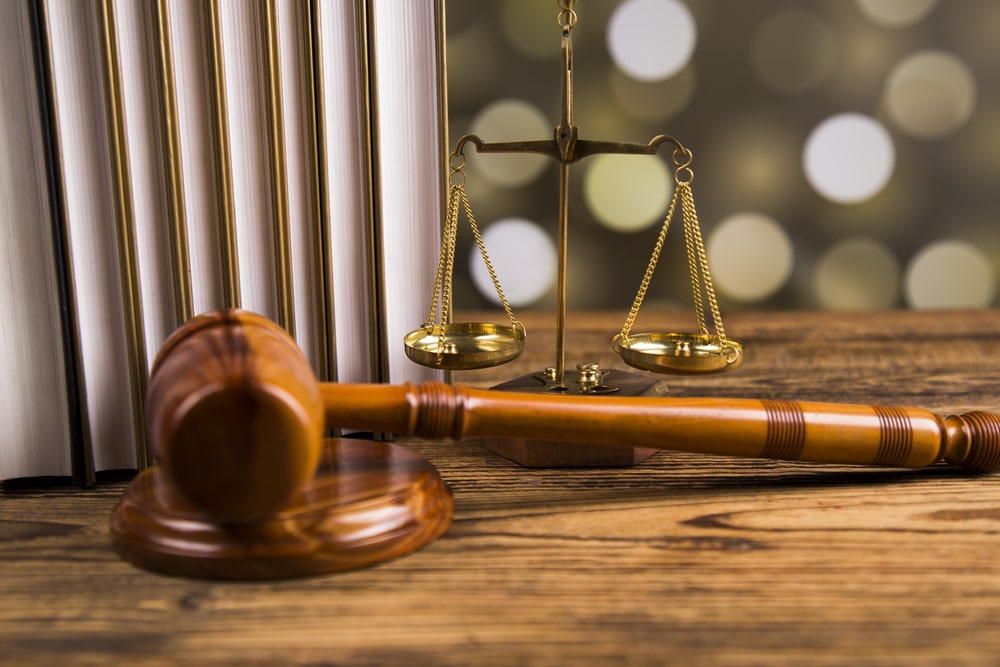Preparing an Effective Notice of Deposition

Noticing a deposition is a critical part of the litigation process. Far from just a formality, it’s an assurance that a deposition you’re engaging in is being done fairly and in good faith. By giving all interested parties ample time to prepare, including preparing written questions, you safeguard against any potential objection or motion for dismissal later on at trial.
Below, we’ll walk through what you need to know to prepare deposition notices.
What is a Notice of Deposition?
A notice of deposition is exactly what it sounds like: notification for all impacted parties that a deposition will occur, including details about how, when, and where. This gives all counsel a fair chance to react accordingly, working the implications of this deposition into their preparations.
In particular, the main point of a deposition notice is to empower counsel to prepare for and attend a deposition. Notices are updated when dates, times, or other details change so that all parties retain a chance to attend and leverage the deposition testimony to the best of their abilities.
Requirements for a Notice of Deposition
The Federal Rules of Civil Procedure (FRCP) govern exactly what notices of deposition need to contain.
In particular, FRCP Rule 30 defines the contents of a deposition notice as follows1:
- The date, time, and deposition location
- The name of the deponent, if known, or a description thereof
- The documents that will need to be produced by the deponent
- The method(s) by which the deposition will be recorded
In addition to content requirements, FRCP also specifies logistical and other mandates for noticing deposition. For example, Rule 32 states that parties need to receive the notice at least 14 days before the deposition.2 Drafting and delivery timelines are key to remaining compliant.
These are also just the bare minimum requirements and some may vary by jurisdiction. Effective legal teams may provide other information and broaden their preparation to ensure they meet their aims fully and efficiently. Seeking legal advice can further enhance the quality and compliance of your deposition notices.
Preparing a Notice of Deposition
Drafting a notice of deposition means getting a particular set of information to a specific set of recipients within a tight timeframe. So, the process starts well before any actual writing occurs.
There are many procedures that need to happen before notice goes out, such as triangulating schedules to determine dates, times, and places that work for all parties. Legal teams should have research on hand about what methods are likely to work best given the context. Some situations call for a traditional, in-person deposition, but remote depositions are becoming far more commonplace, and for good reason.3 Using powerful remote deposition technology gives attendees access to information both during the deposition and afterward.
Another important part of the process is making adjustments as new logistical or strategic elements come to light. Changes to schedules or to the approach you’ll use necessitate transparent communication to all parties involved to ensure that everything stays fair.
Best Practices for Notice of Deposition Prep
No two deposition circumstances are the same; your processes should always be tailored to the specifics of the case in front of you. However, some best practices to apply across the board are:
- Ensuring familiarity with rules – Everyone involved with preparation and drafting, including interns or assistants, should be fully aware of the legal requirements.
- Practicing radical transparency – Drafters should resist the urge to conceal any key information or otherwise try to manipulate the process to compromise fairness.
- Leveraging available technology – Legal teams should look to use available technology, like remote deposition technology for proceedings and artificial intelligence (AI) for preparation.
Prepare Deposition Notices Effectively, Every Time
Notice of deposition drafting is a critical part of the overall litigation process. It ensures that all parties have fair time to prepare for depositions which, in turn, keeps the insights that they unveil actionable in the run-up to a trial. Getting the process right requires sound knowledge of the law, commitment to fairness, and careful application of best practices.
U.S. Legal Support provides litigation support services to legal teams and professionals in all practice areas. To learn more about how we can help, get in touch today!
Sources:
- Cornell Legal Information Institute. FRCP Rule 30. Depositions by Oral Examination. https://www.law.cornell.edu/rules/frcp/rule_30
- Cornell Legal Information Institute. FRCP Rule 32. Using Depositions in Court Proceedings. https://www.law.cornell.edu/rules/frcp/rule_32
- J.D. Supra. Remote Depositions Remain a Popular Option After Covid. https://www.jdsupra.com/legalnews/remote-depositions-remain-a-popular-5215129/

Editoral Policy
Content published on the U.S. Legal Support blog is reviewed by professionals in the legal and litigation support services field to help ensure accurate information. The information provided in this blog is for informational purposes only and should not be construed as legal advice for attorneys or clients.


